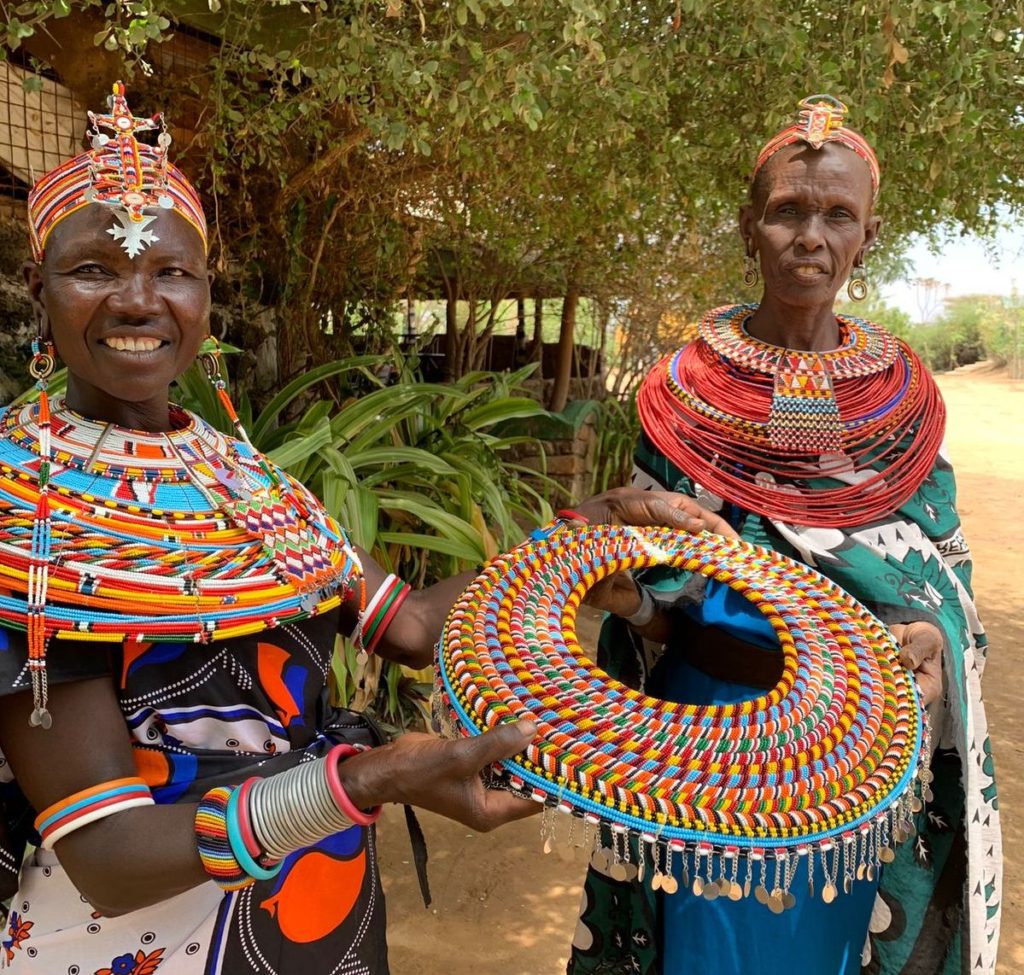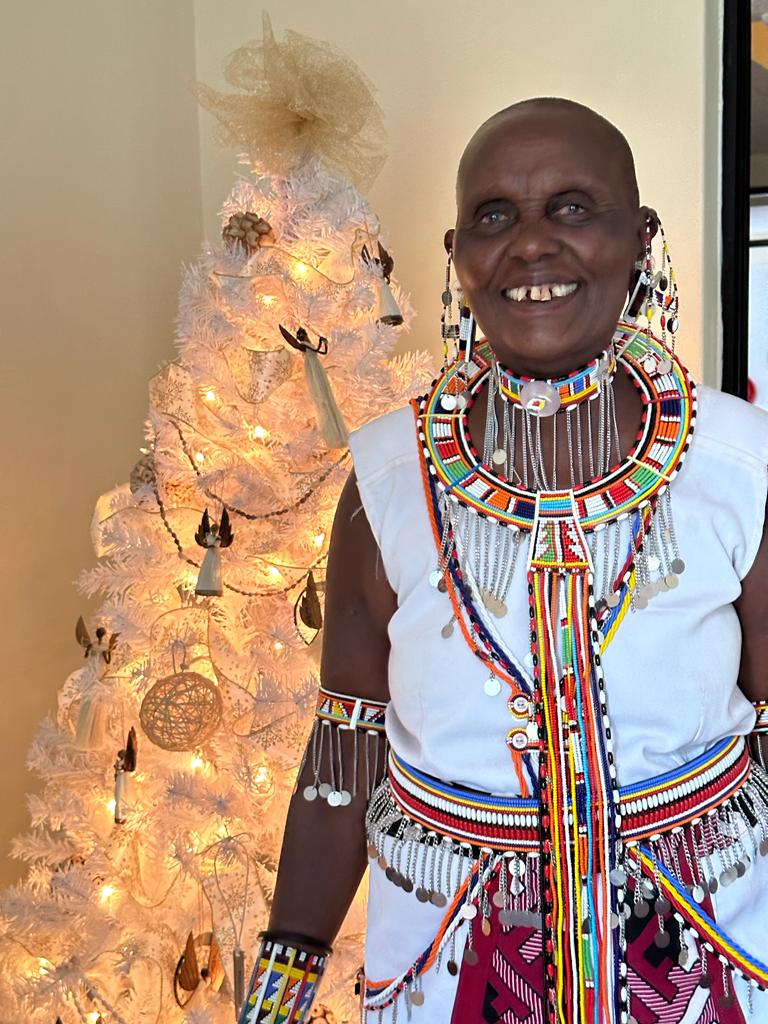No products in the cart.

The Maasai & Samburu
The Maasai are a Nilotic ethnic group that live throughout Kenya and in northern Tanzania. They are the southernmost Nilotic ethnic group due to their migrations into the territory of modern day Kenya in the 19th century. Maasai population centres, especially around Kenyan wildlife preserves, have made them one of the better known ethnic groups in the region. The Maasai people traditionally speak the Maa language, though most now speak the various national languages of Kenya and Tanzania. Though they have had much of their land taken by the Kenyan and Tanzanian governments for the creation of national parks and wildlife reserves, the Maasai have retained much of their traditional pastoralist culture.
There are 22 sub-groups or nations of Maasai people each with their own unique cultures and dialects. The Samburu are the third largest Maasai subgroup, though there is some debate as to whether or not they should be classified as their own ethnic group. They speak a dialect of the Maa language in which their name for themselves is Lokop or Loikop. In their Maa dialect Lo denotes ownership and nkop refers to land giving the literal translation of their name as “owners of the land” though there is substantial disagreement on how this should be interpreted. Like other Maasai groups the Samburu likely moved from Ethiopia to Kenya at some point in the early 19th century.

For the Maasai the style and make of their dress has as much to do with the availability of resources as it has to do with tradition. In the 21st century Maasai people have had access to inexpensive, ready to wear cloth from Southeast Asia so the traditional leather garments that came from their pastoralists traditions have largely fallen out of use. Their jewellery has also changed. The introduction of glass beads by Europeans in the 19th century meant that the use of materials like copper, clay, and wood fell out of use. An individual’s jewellery can show their gender, social class, marital status, and age-set. Generally higher class Maasai will have more complex and colourful pieces. The colours present on a piece can also be indicative of the owner’s values. For example, traditionally Maasai visitors are served milk from orange gourds so orange on jewellery symbolises hospitality. The language of colour is generally mutually intelligible for Maasai groups.
Photo credit:
- Samburu artisans. Courtesy of Project Pamoja
- Grace, Maasai artisan. Courtesy of Project Pamoja
